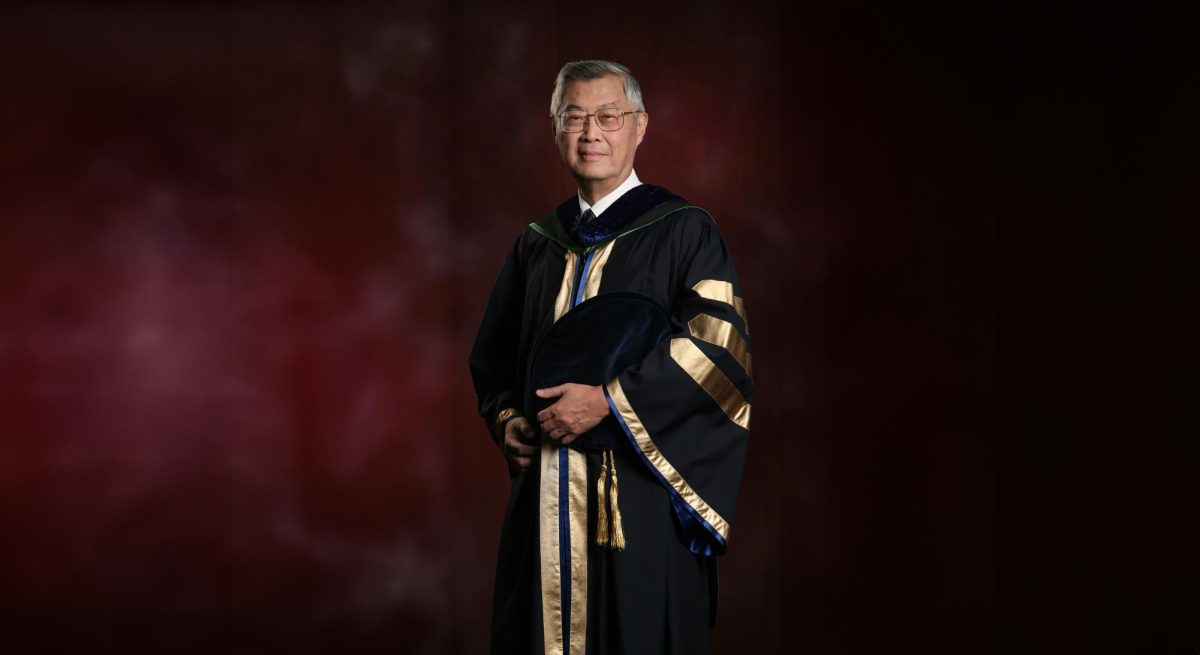Just when we thought the worst had happened — years of budget cuts, decreased classes, tuition hikes and prolonged graduations — news broke last week of a University official and his accomplice being charged with cheating SF State out of millions.
Robert Shearer, Former Director of Environment Health and Occupational Safety at SF State, allegedly bilked the University out of millions in a bribery scheme involving a hazardous waste contractor.
In essence, Shearer is accused of steering a lucrative hazardous waste disposal contract between SF State and Stephen Cheung, Vice President of Chemical HazMat Technology. Shearer looked the other way while CHMT overcharged the University to the tune of roughly $7 million, according to the District Attorney’s estimate.
Shearer started his job at SF State in 1994. Cheung and Shearer were allegedly engaged in “pay to play” corruption in 2002. He recommended a contract with Cheung’s company in 2005 and encouraged renewal of that contract for the next four years. Shearer resigned in 2009, was accused by a University colleague in 2010 and was arraigned in court last week on more than 100 felony counts.
But the revelations of the past week leave us with more questions than answers.
How could a scheme this dubious — involving multiple payouts, a gifted Volvo and more than 50 trips to China — be left undiscovered for so long?
Who was in charge of oversight of Shearer’s department and should they be held accountable for failing to see what was happening right under their nose?
We also question the accountability system (if it exists) at our University. Contracts involving outside businesses and the school should be subject to a higher level of scrutiny, given that large bureaucracies — like public universities — can be easily preyed upon. Even if colleagues weren’t aware of possible bribes, they should have enough common sense to smell a scam.
According to a 2011 SF Weekly article, Cheung’s company charged $161,510 for an emergency cleanup, more than some CSUs spend on hazardous waste disposal in an entire year. Even a small amount of research would’ve shown that the deal was bad business. Which leaves us asking, what else is our university overspending on?
While Shearer still deserves to have his day in court, there are some things that the administration can do in the meantime to make sure that this type of thing doesn’t happen again.
The University should do everything in its power to recover any of these stolen funds that haven’t already been spent. Students saw tuition increase by about $1500 from 2005 to 2009, the years of Shearer’s alleged bribery. Any money recovered should be divided and distributed to students in attendance at SF State during those years.
We also ask the administration to launch a full investigation into how this happened. It is possible that the scandal rose no higher than Shearer, but the officials in charge of him should be questioned thoroughly to make sure they didn’t have their hand in the cookie jar as well.
If the administration wishes to garner the faith of its student body, it will institute a policy of full and complete transparency, including the complete public disclosure of the contract between SF State and CHMT and all invoices for services rendered during the term of that contract.
Anything short of that will leave students asking where the University’s priorities lie, with the protection of SF State’s public image or with the trust of its student body.







